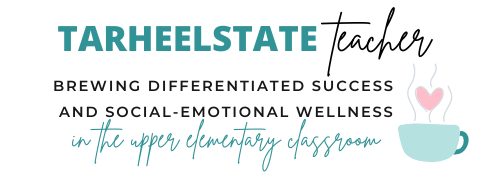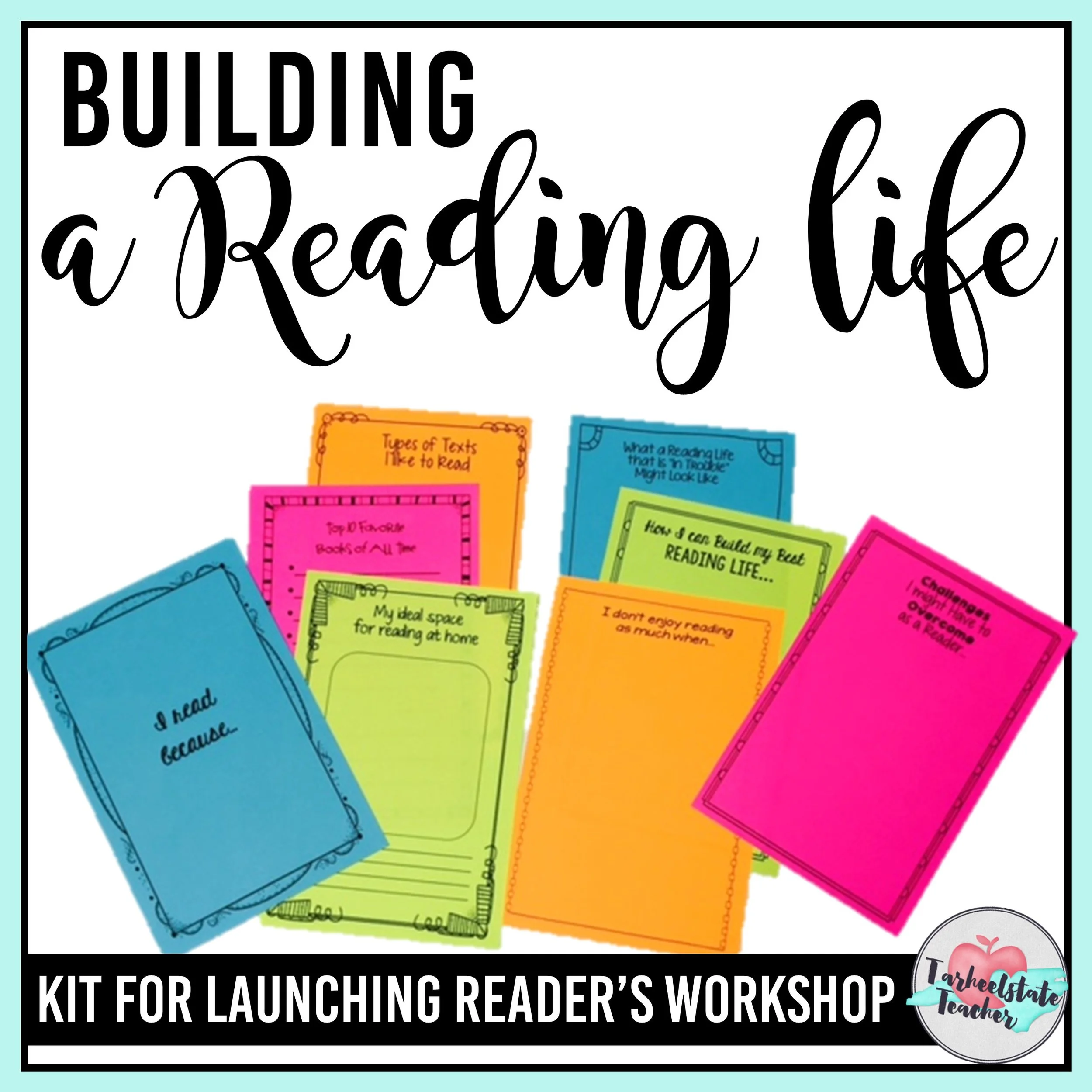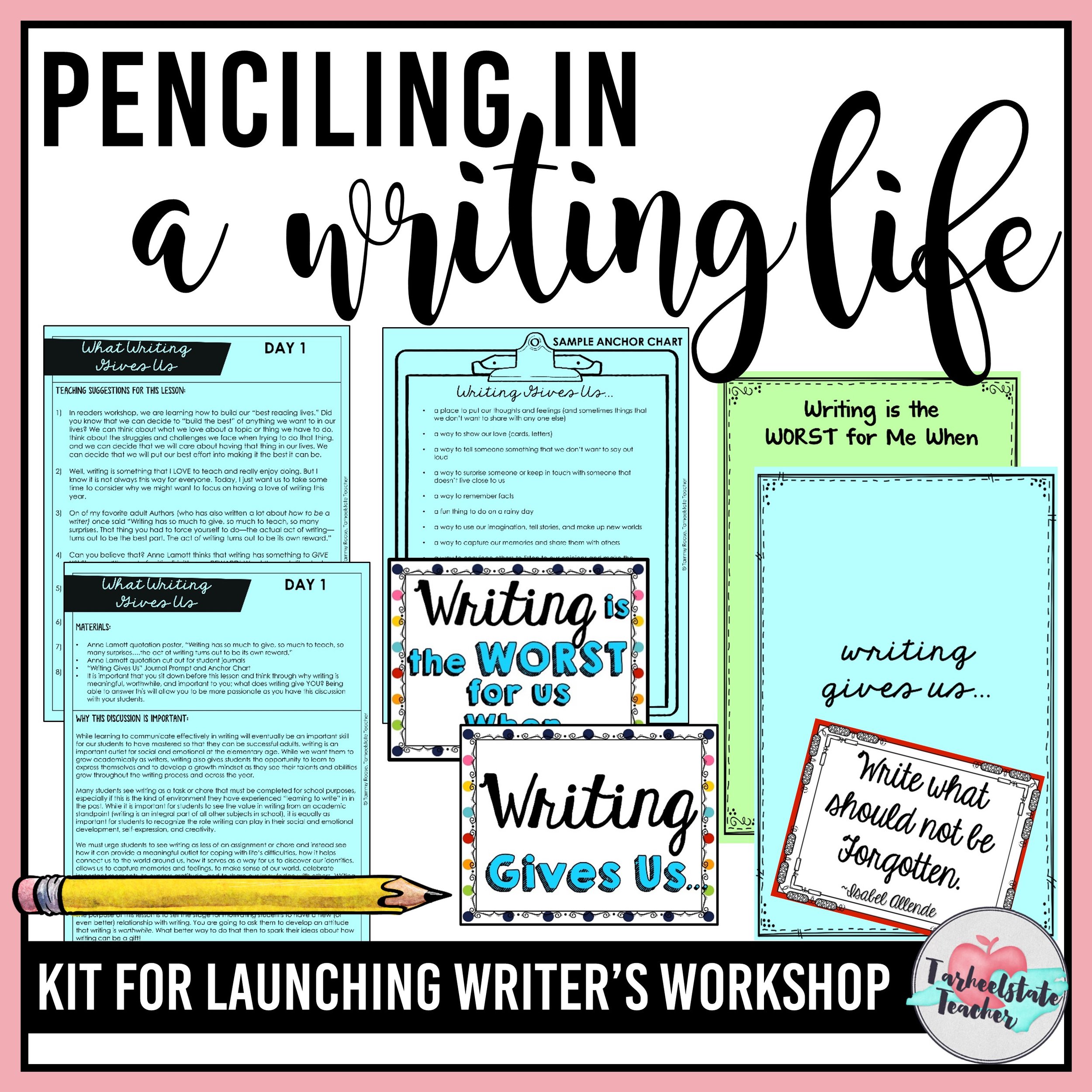Using School Libraries to Support Readers
Have you ever taken the time to examine school media centers and classroom libraries through the eyes of a struggling reader? I have and I had some pretty eye-opening realizations. For a struggling 4th or 5th grade reader, our classroom and school libraries can be unfriendly places of defeat.
I imagine these students lost in a sea of book-bins and bookshelves with hundreds of books that look so inviting with their awesome covers and catchy titles. Can you blame them for wanting to grab these books off the shelf and try to read them? Although a student may quickly become uncomfortable with the book they are trying to read, I imagine these readers thinking, "I never know all the words in my books anyway, so what does it matter?" and the cycle of low performance and low confidence continues.
If your classroom experience has been anything like mine, although you've taught the "5 Finger Rule" and talked all about "Choosing Just Right" books, your struggling readers continue to gravitate towards books they cannot read. Although these readers often choose books for all the wrong reasons, we must guide them in the right direction. Our work is cut out for us, but in order to grow, readers must be reading books that they can be successful with and we can use our school libraries to our advantage.
Attend Library Time with Your Students {LOVE OF READING Tip # 4}
With school library time, I've been in a couple of different scheduling situations—required to attend with students, not required to attend, it's in the schedule weekly, or sign up when you want to come with your class. {I currently am not at a school with a school library and I miss it so much!} Whether I was required to be there or not, I always tried to attend library time with my students during their book checkout time. Often, students, no matter their reading level, ask for recommendations and love a little help as they are trying to find books. This is also a time when I can reinforce the lessons I've taught in reading.
After getting a few kids on track, I make my way to my readers who need more support. I like to inquire about what they have found, ask if they need help finding a book, and guide them to a series that is appropriate for their level. {Grab my list of series books by level!} I have the student read a page of a book they have chosen and ask them how it feels. I read the back of the book with them because I know no matter how many times I say it's important, they sometimes skip checking the back, and I discuss what I think the book is going to be about. This sets them up for success as they have an idea of what to expect from the book.
Attending library time with my students reminds them of the emphasis I place on making sure we have a love of reading. Having a positive relationship with books is the only way to exist in my classroom!
Use the Library Catalog to Create Book Recommendations {LOVE OF READING Tip # 5}
I am a big fan of searching through my schools online library catalog and making lists! {yes, #nerdy} If you cannot attend library time with your students or want to go at helping them find books from a different angle, using the library catalog to create lists of book recommendations is a great idea and it only takes a few minutes! After having conversations with my struggling readers about their interests in general and paying attention to the types of books they like to choose, I like to go search my school library's catalog looking for books that would be perfect for that student, keeping in mind their interests and reading level. I look for books that are at and somewhat below their reading level. If it is a book they can move through quickly, all the better because they will be creating positive experiences with reading, gaining momentum and confidence. Success breeds success, confidence, and a desire to read more!
My main goal is to get growing readers into books they can finish in 1-2 days and for the child to start to feel what it is like to successfully read a book.
I like to print the list of recommendations in color if possible so that students can see the book cover and title. Now, when attending library time or visiting to check out books alone, readers are armed with a plan of what to search for. You've just helped your reader navigate that sea of defeat. Now they look like one of those kids who reads on fire and always knows what book they want to read next.
When I first implemented this strategy, a child who was constantly abandoning books made a huge turn-around. His book box began to overflow with appropriate books to read. We would go to the library and he would choose more appropriate books each time. He began to learn how to choose other books he might like based on the books that he had success with. It was beautiful! As you offer book recommendation lists to your growing readers, you may find other students in your class asking for recommendation lists. It wouldn't be a bad use of your time to go through the catalog together during a reading conference and help them create a list of books they would like to read. Perhaps you can teach them how to do this independently.
When I initially wrote this post on Life, Love, Literacy I talked about why I would do this for even my most accomplished readers:
Why would I do this for my non-strugglers? One, they value my opinion and it shows I care about them, but two-by being willing to create a list for any student in the class, it diminishes any stigma that could possibly develop for the readers that needed me to create an initial list to get them reading on fire.
Sometimes being unable to access appropriate-level books that match their interests causes struggling readers to continue to be overwhelmed with choosing books and having unsuccessful, unenjoyable experiences with reading. Finding creative ways to help them access your school and classroom libraries can allow them to spend a year in your classroom that is rich with reading success! How do you help your readers navigate your classroom and school libraries more easily?
For more Building a Reading Life tips, you can read about strategies I use to get to know my struggling readers, how I feel about telling students their reading levels (I don't do it!), and how to change mindsets and get rid of bad attitudes towards reading.
SHOP THE RESOURCES:








